Over the last two months, preparations for Léonie Hampton’s ‘A Language of Seeds’ exhibition, a RAMM contemporary art commission, have been taking place. The commission was created in response to RAMM’s seed and herbarium (dried plant) collection. Some of the seeds and about 10 herbaria sheets, will be on display together with Leonie’s photographs.
Problems with pests
One of the big problems with botanical objects, such as seeds, wood samples and plant specimen, is that they are so attractive to insect pests. We try and keep on top of this by monitoring our stores with insect traps and isolating any objects that come into the museum, from our main collection for a little while.
Unfortunately, the storage of our Natural Science collections has not always been as good as it is now. Consequently, many of the objects for Language of Seeds had signs of insect damage. This included some dried plants with parts eaten away, as well as holes and dead insects or larvae casings, inside or on the outside of objects. Often a granular dust, the same colour as the object, was found inside the storage box or fell off the seeds. This is what we call ‘frass’, a more professional term for insect poo.
Fortunately, most of the seeds and herbarium sheets were not severely damaged and after a thorough clean, were ready for display. However, on a dried purple clover plant one of the flowers was very damaged. The insects had eaten away parts of the flower, but had worked their way through the underlying paper too. To resolve this, I cleaned away all the frass and removed the loose parts of the flower. The holes in the paper were then stabilised, by adhering a patch of Japanese tissue paper behind them. After that I was able to re-adhere some of the flower petals giving the flower a more complete appearance.
This content is viewable by members only. Login or sign up to get access.

